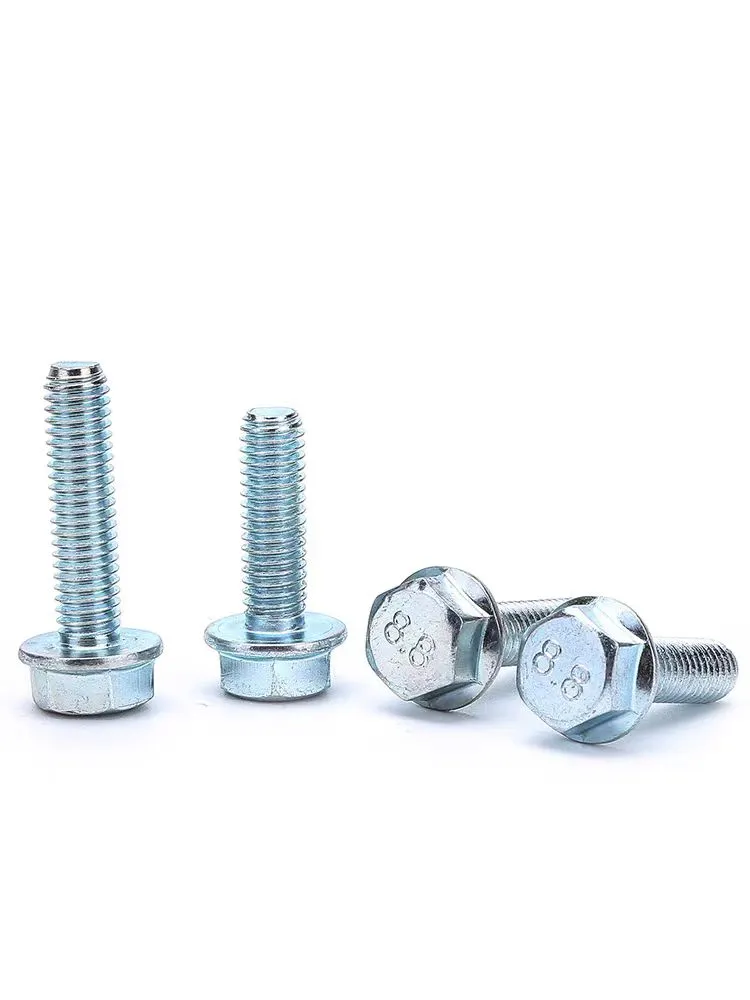

concrete fasteners
Nov . 03, 2024 11:12 Back to list
concrete fasteners
Understanding Concrete Fasteners A Comprehensive Guide
Concrete fasteners are essential components in the construction and manufacturing industries. Designed for reliable performance, these fasteners are specifically engineered to anchor or connect materials to concrete surfaces, which can be particularly challenging due to the dense and durable nature of concrete. Understanding the types, applications, and installation techniques of concrete fasteners can significantly enhance the efficiency and safety of any construction project.
Types of Concrete Fasteners
There are several types of concrete fasteners, each designed for specific applications and conditions. The most common types include
1. Expansion Anchors These are one of the most widely used types of concrete fasteners. Made from metal, expansion anchors consist of a sleeve that expands when a bolt is tightened. The expansion creates a secure fit within the hole drilled into the concrete, making it a reliable choice for hanging heavy objects.
2. Chemical Anchors These fasteners use a two-part epoxy or adhesive to bond with concrete. The adhesive is injected into the drilled hole, and a steel rod or bolt is then inserted. Chemical anchors are ideal for applications where high loads or vibrations are expected, as the adhesive creates a strong bond with the concrete.
3. Sleeve Anchors Combining features of expansion and wedge anchors, sleeve anchors consist of a threaded rod surrounded by a sleeve. When the nut is tightened, the sleeve expands against the sides of the hole, creating a firm grip. Sleeve anchors are versatile and suitable for a variety of applications, including fastening fixtures and securing railings.
4. Wedge Anchors These are heavy-duty fasteners that consist of a bolt with a wedge-shaped end. When the bolt is driven into the concrete, the wedge is forced against the sides of the hole, creating a strong and stable anchor point. Wedge anchors are typically used for securing structural elements, machinery, and heavy equipment.
concrete fasteners

Applications of Concrete Fasteners
Concrete fasteners are used in a wide range of applications across various industries. Some common uses include
- Construction Fasteners are essential for securing structural elements such as beams and columns to the concrete foundation. - HVAC Concrete fasteners are utilized to install HVAC equipment, ductwork, and piping systems safely and securely. - Signage Outdoor signs, particularly ones made of heavy materials, require robust concrete fasteners to withstand wind and weather elements.
Installation Techniques
Proper installation of concrete fasteners is crucial for ensuring safety and effectiveness. Here are some general steps to follow
1. Select the Right Fastener Choose the type of concrete fastener suitable for your specific application and load requirements. 2. Drill the Correct Hole Size Use a hammer drill and the appropriate bit size for your fastener. Ensure the hole is drilled to the necessary depth. 3. Clean the Hole Remove any dust or debris from the hole before inserting the fastener. This improves the bond and ensures a secure fit. 4. Install the Fastener Follow the manufacturer’s instructions for inserting and tightening the fastener properly.
In conclusion, concrete fasteners play a vital role in ensuring the structural integrity and safety of various constructions. By selecting the appropriate type and following proper installation techniques, builders can achieve strong, durable connections to concrete surfaces, enhancing the longevity and reliability of their projects.
Latest news
-
Hot Dip Galvanized Bolts-About LongZe|High Strength, Corrosion Resistance
NewsJul.30,2025
-
High-Strength Hot Dip Galvanized Bolts - Hebei Longze | Corrosion Resistance, Customization
NewsJul.30,2025
-
Hot Dip Galvanized Bolts-Hebei Longze|Corrosion Resistance&High Strength
NewsJul.30,2025
-
High-Strength Hot-Dip Galvanized Bolts-Hebei Longze|Corrosion Resistance&High Strength
NewsJul.30,2025
-
Hot Dip Galvanized Bolts-Hebei Longze|Corrosion Resistance&High Strength
NewsJul.30,2025
-
Hot Dip Galvanized Bolts - Hebei Longze | Corrosion Resistance, High Strength
NewsJul.30,2025

